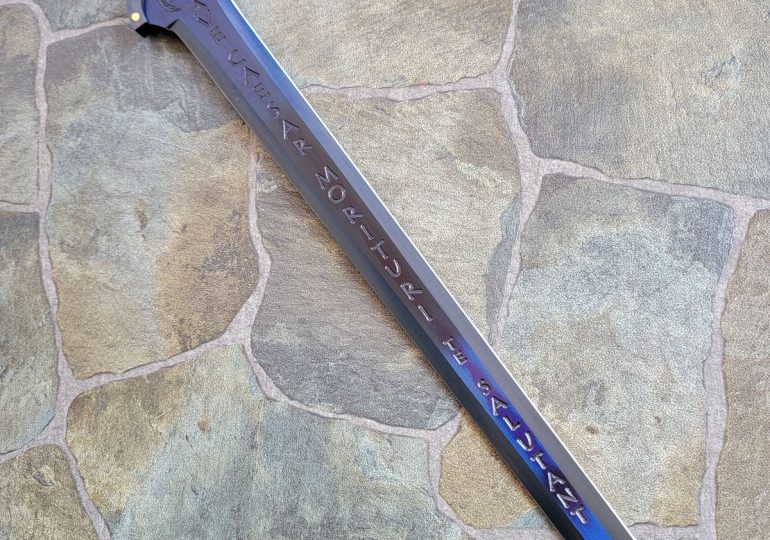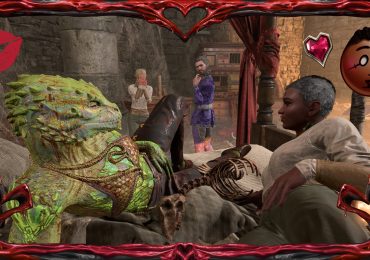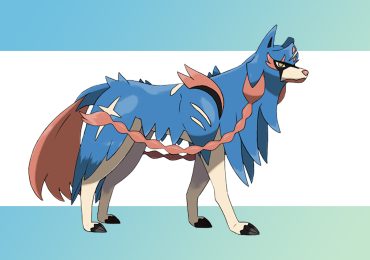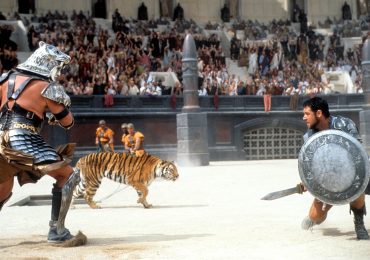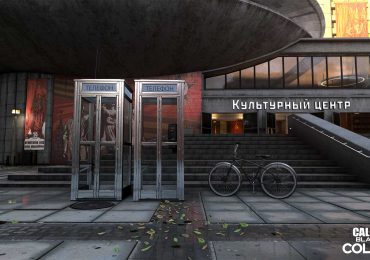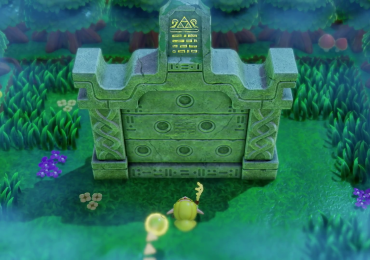Weapons maker Sabersmith is a unicorn, according to general manager Mark Lienhart. Founded in the 1990s by Tim Lawler, the manufacturer does all of its own work in its well-equipped 15,000 square-foot facility located in Sunfield, Michigan. That makes it the single largest manufacturer of 100% American-made swords in the country.
“Last year alone I think we built over 2,500 swords,” Lienhart said. “It was over 7,000 weapons total, including knives, swords, polearms. The whole kit and caboodle.”
On the occasion of Cool Sword Day, Polygon called on Lienhart to answer a simple question: What is the coolest sword to make? The answer surprised us. No, it wasn’t the hand-and-a-half or Italian longswords that are so ubiquitous in cosplay, nor was it the gently curving Japanese katana. Instead, it was something far older.
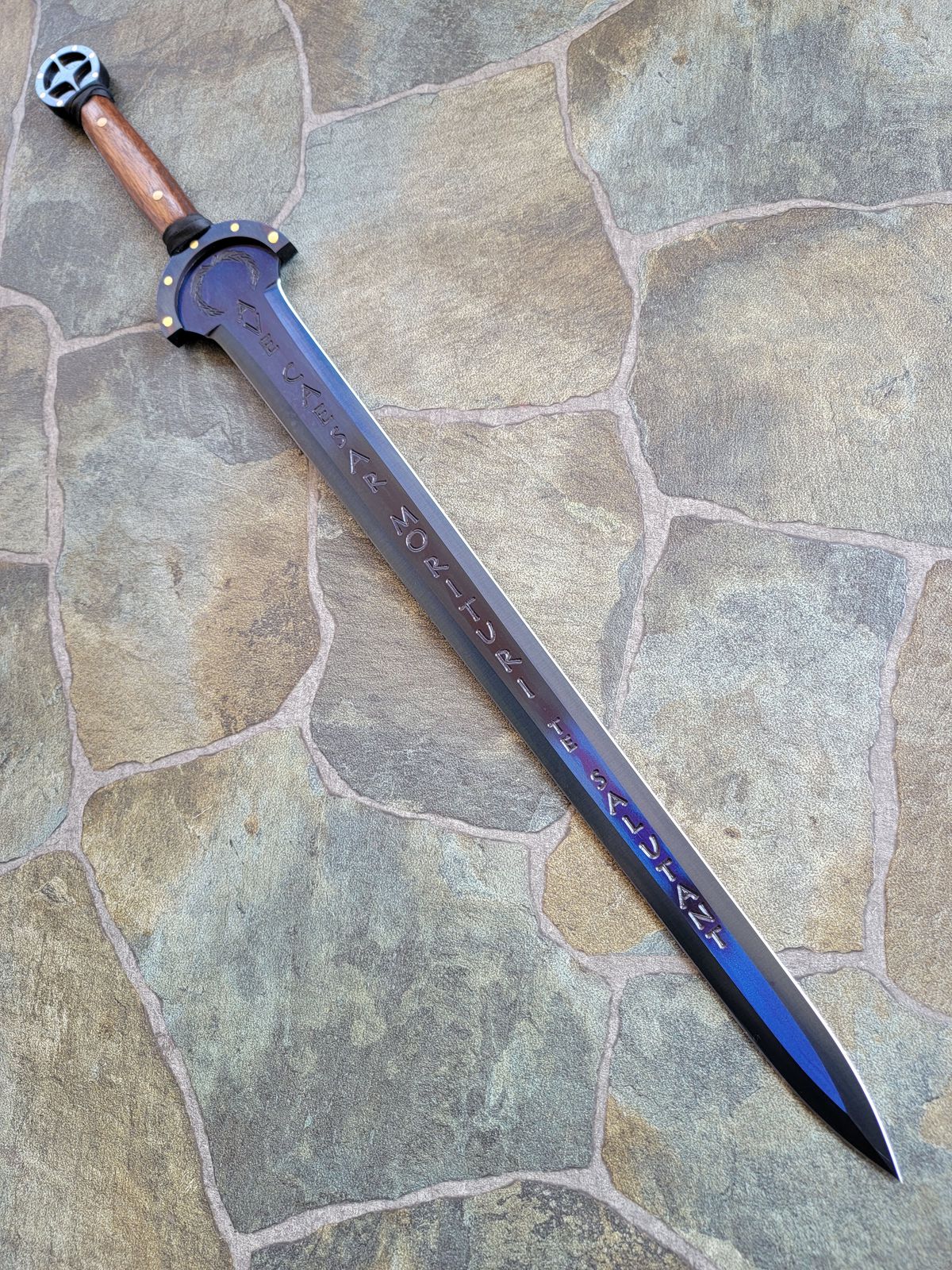
“My favorite sword, hands down, has always been the gladius,” Lienhart said. The shortsword was the standard sidearm of the Roman legion, who attacked with it using quick thrusting motions from behind locked shields. But it’s not Lienhart’s favorite because of its martial past. Instead, it’s in part because of Sabersmith’s uniquely modern design.
Turns out that, just like the food portions here in America, our swords are also bigger than average.
“Our customers are obviously American men and women,” Lienhart explained. “A traditional Roman gladius […] was made for the Roman legion. My customer base is, on average, six inches taller than a Roman legionnaire. So why wouldn’t I proportionally make that sword fit my customers?”
There are traditionalists who might look down on these kinds of modern adaptations, but for Lienhart it’s right in line with his company’s overall philosophy.
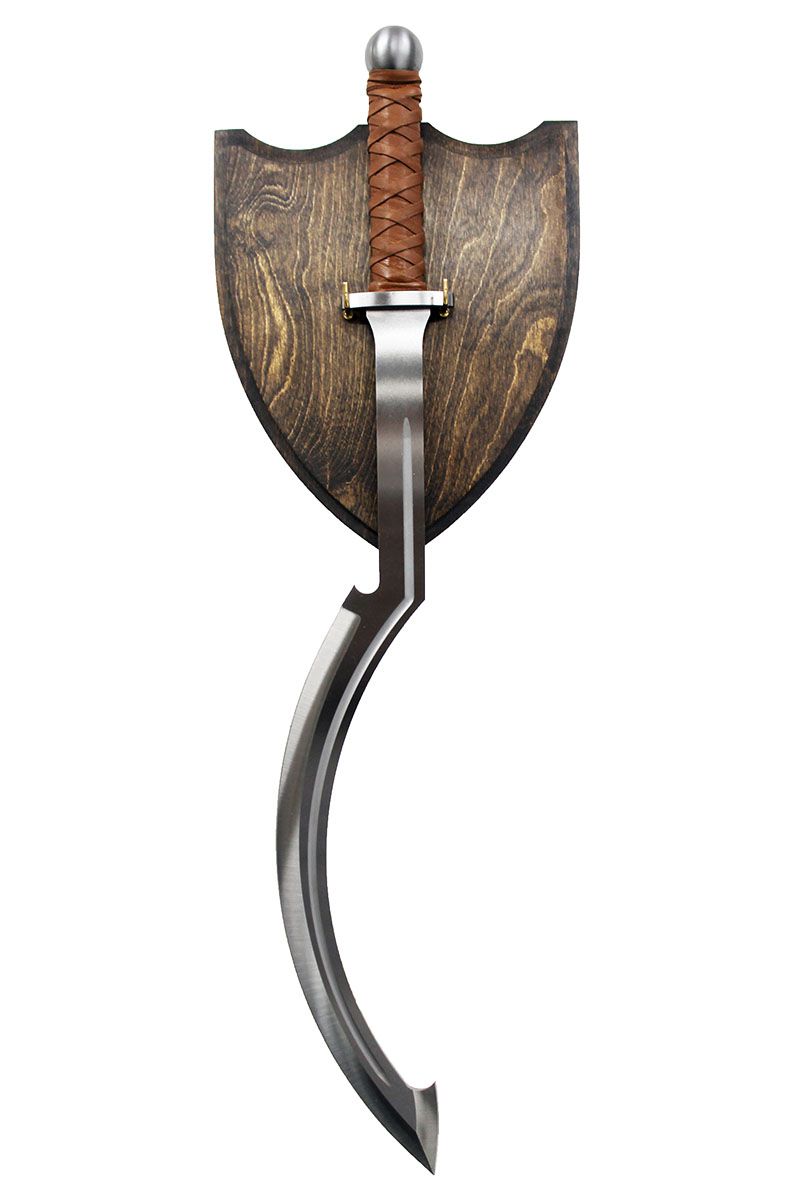
“We do what we refer to as a combination of historical and modern techniques,” Lienhart said. That ethos extends beyond the design of the weapons to the manufacturing process as well. His factory floor obviously includes a traditional hammer and anvil, but it also has a high-pressure water jet for cutting large pieces of metal to shape. Instead of a coal-fired forge, he uses a vat of molten salt heated to more than 15,000 degrees Fahrenheit. Sabersmith even recently purchased a few computer-controlled milling machines for doing things like engraving and cutting fullers — long, deep channels in the blade that reduce weight and enable more elasticity in the final product.
Despite those modern tools and processes, Lienhart says that “the core of swordmaking really hasn’t changed all that much” since the 1500s. All of Sabersmith’s pieces feature the same parts that you’d find on an historical blade — including a full “tang” that runs from the blade all the way through the handle. That’s what makes them “battle ready.”
What’s his second favorite sword to make? Lienhart said it’s the Egyptian khopesh. The one-handed blade is just a little bit shorter than a gladius, but it features an aggressively curved blade in the shape of a half-moon. It’s a design you simply don’t see much of anymore.
“That blade [shape] did not end up sticking around long-term,” Lienhart notes, but it is nonetheless “a really cool blade.”
You can find Sabersmith’s work online, where dozens of models are ready to ship. Built-to-order swords are also available, which allow customers to choose everything from the color of the leather wrapping on the handle to the tint of the steel blade itself. You can also find Sabersmith on the Renaissance fair circuit, including a booth opening up July 6 at Bristol Renaissance Faire in southern Wisconsin.
Just be careful. Everything on display is razor sharp.
“I do dull ones on request,” Lienhart said, “instead of the other way around.”
